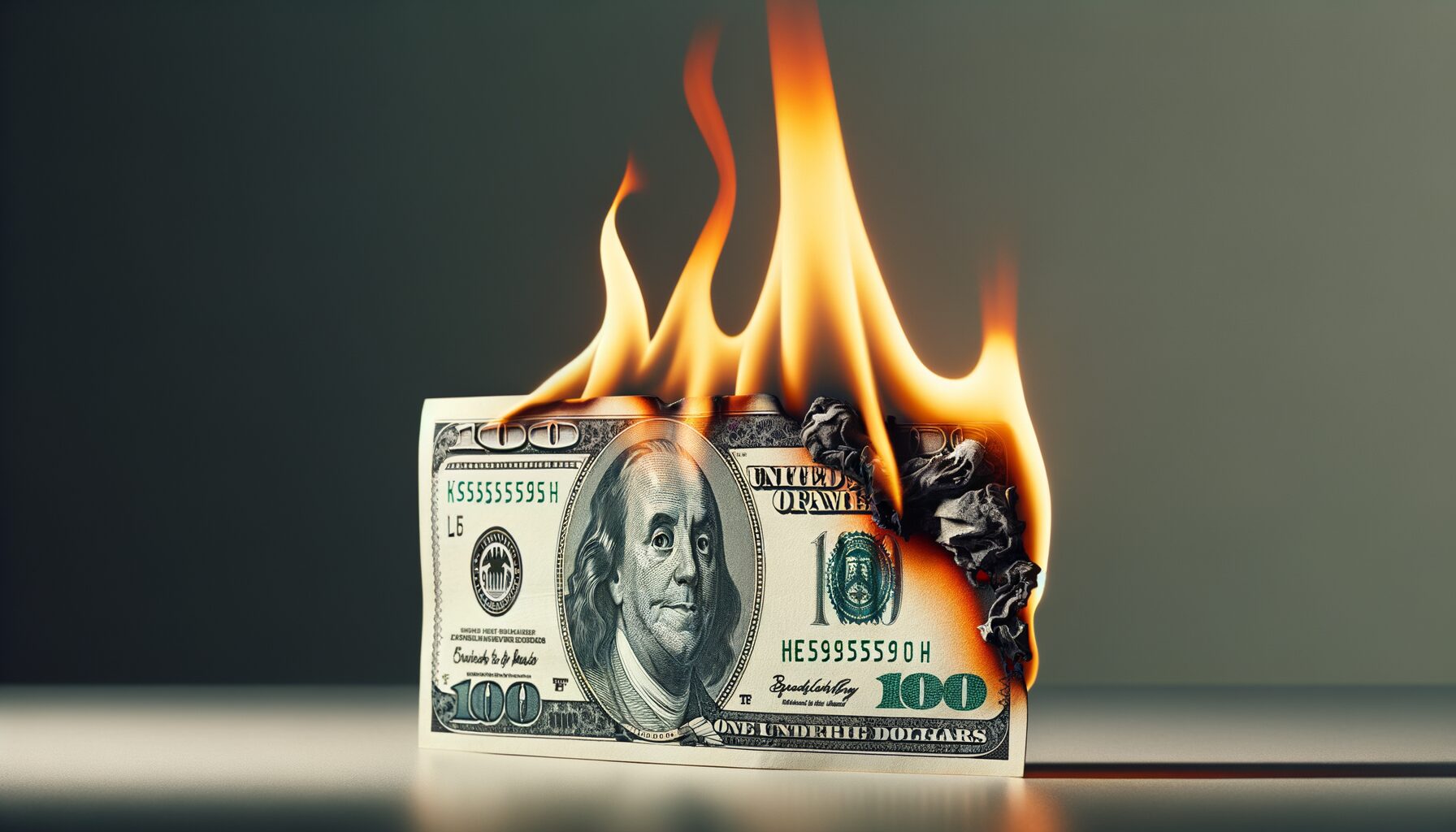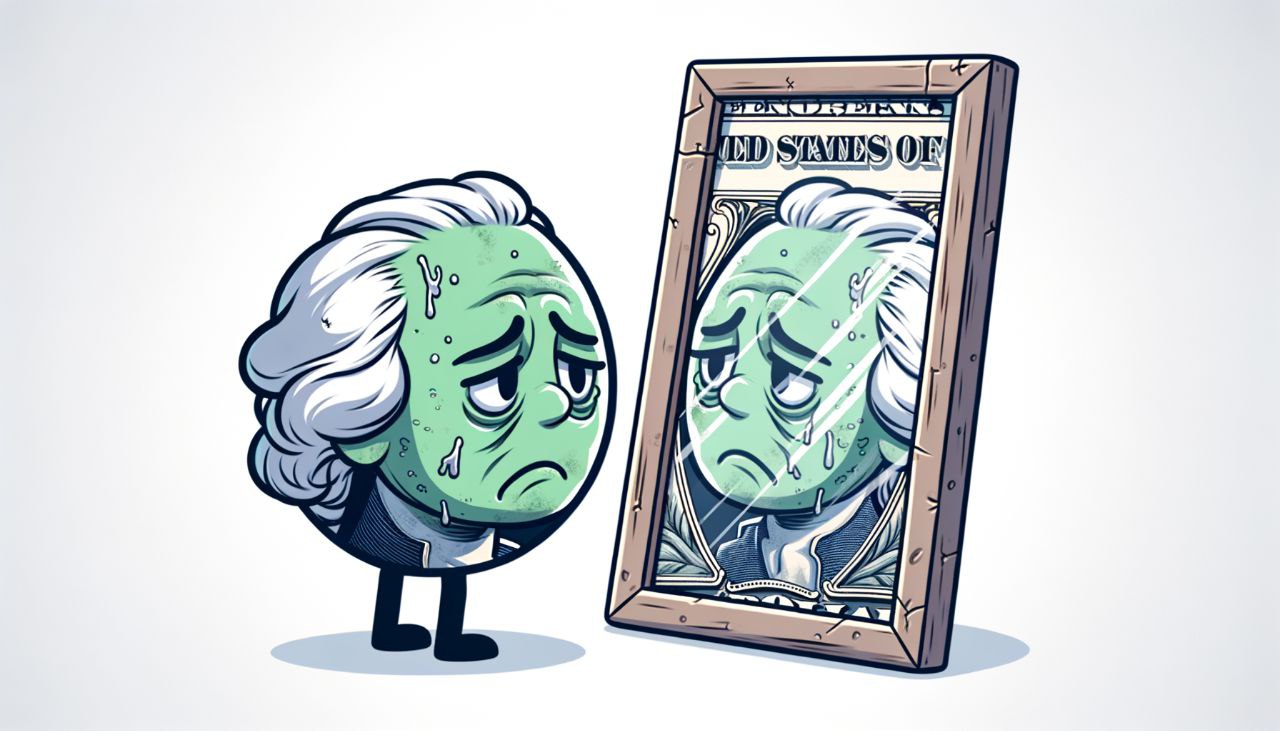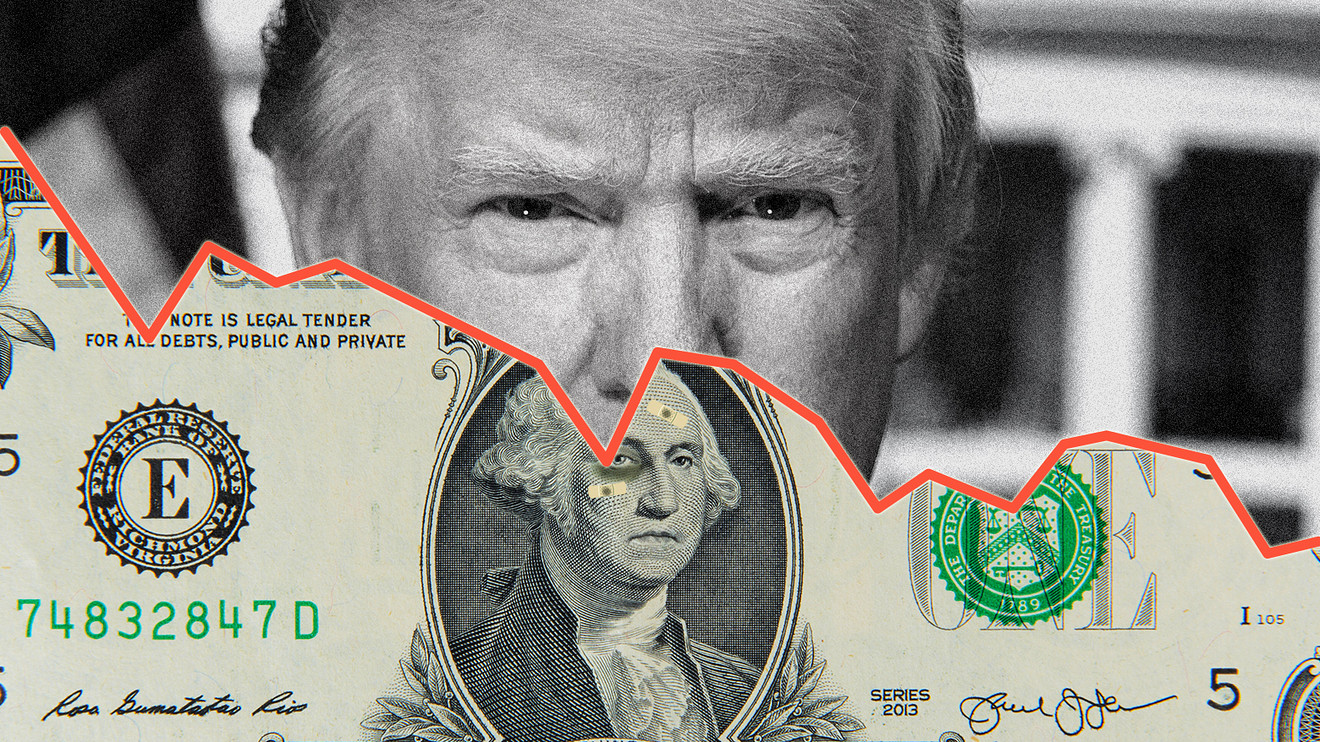De-Dollarization: How CBDCs And China’s CIPS Threaten The Dollar

The US dollar’s dominance in global trade has seen a steady decline over the last decade. Many nations have opted for local currencies for mutual trade. The BRICS bloc of nations has particularly pushed for de-dollarization. BRICS is comprised of Brazil, Russia, India, China, South Africa, and a few more member states. China has single-handedly propelled the idea of ditching the US dollar for alternative currencies. Albeit the CCP will likely not accept any other currency than the yuan.
Also Read: Goldman Sachs: MAG7 Hits 7-Year Low Amid AI, Trade & Antitrust Fears
CBDCs And China’s CIPS Further Push For De-Dollarization

Also Read: $1,000 in Shiba Inu & XRP: Which Will Give Better Returns in 2030?
A majority of global central banks are working on CBDC (Central Bank Digital Currency) pilot programs. According to reports, around 130 countries (93% of central banks) are exploring CBDCs to enhance cross-border payment efficiency. An efficient and working CBDC program could bypass people’s dependence on US dollars. The move could further push the de-dollarization agenda. There is a possibility that countries will still need to hold some amount of dollars to back their respective digital currencies.
China’s CIPS is another worrying development for the dollar’s dominance. The Cross-Border Interbank Payment System (CIPS) is a Chinese payment system designed to facilitate cross-border transactions in the Chinese yuan (RMB). If successfully implemented, CIPS could become an alternative to the current SWIFT system. The development could be a major blow to the US dollar.
Despite the worrying developments, it is unlikely that the dollar will be pushed to the side anytime soon. The US has the world’s most powerful military and the biggest economy. Both aspects are central to maintaining the dollar’s global dominance. Other countries, such as India, have thwarted the idea of ditching the US dollar. The dollar-based system is a well-oiled machine that many will prefer not to disturb.
Also Read: DigiAsia Unveils $100M Bitcoin Plan, FAAS Stock Surges 91% on Bold Bet
De-Dollarization: How CBDCs And China’s CIPS Threaten The Dollar

The US dollar’s dominance in global trade has seen a steady decline over the last decade. Many nations have opted for local currencies for mutual trade. The BRICS bloc of nations has particularly pushed for de-dollarization. BRICS is comprised of Brazil, Russia, India, China, South Africa, and a few more member states. China has single-handedly propelled the idea of ditching the US dollar for alternative currencies. Albeit the CCP will likely not accept any other currency than the yuan.
Also Read: Goldman Sachs: MAG7 Hits 7-Year Low Amid AI, Trade & Antitrust Fears
CBDCs And China’s CIPS Further Push For De-Dollarization

Also Read: $1,000 in Shiba Inu & XRP: Which Will Give Better Returns in 2030?
A majority of global central banks are working on CBDC (Central Bank Digital Currency) pilot programs. According to reports, around 130 countries (93% of central banks) are exploring CBDCs to enhance cross-border payment efficiency. An efficient and working CBDC program could bypass people’s dependence on US dollars. The move could further push the de-dollarization agenda. There is a possibility that countries will still need to hold some amount of dollars to back their respective digital currencies.
China’s CIPS is another worrying development for the dollar’s dominance. The Cross-Border Interbank Payment System (CIPS) is a Chinese payment system designed to facilitate cross-border transactions in the Chinese yuan (RMB). If successfully implemented, CIPS could become an alternative to the current SWIFT system. The development could be a major blow to the US dollar.
Despite the worrying developments, it is unlikely that the dollar will be pushed to the side anytime soon. The US has the world’s most powerful military and the biggest economy. Both aspects are central to maintaining the dollar’s global dominance. Other countries, such as India, have thwarted the idea of ditching the US dollar. The dollar-based system is a well-oiled machine that many will prefer not to disturb.
Also Read: DigiAsia Unveils $100M Bitcoin Plan, FAAS Stock Surges 91% on Bold Bet

